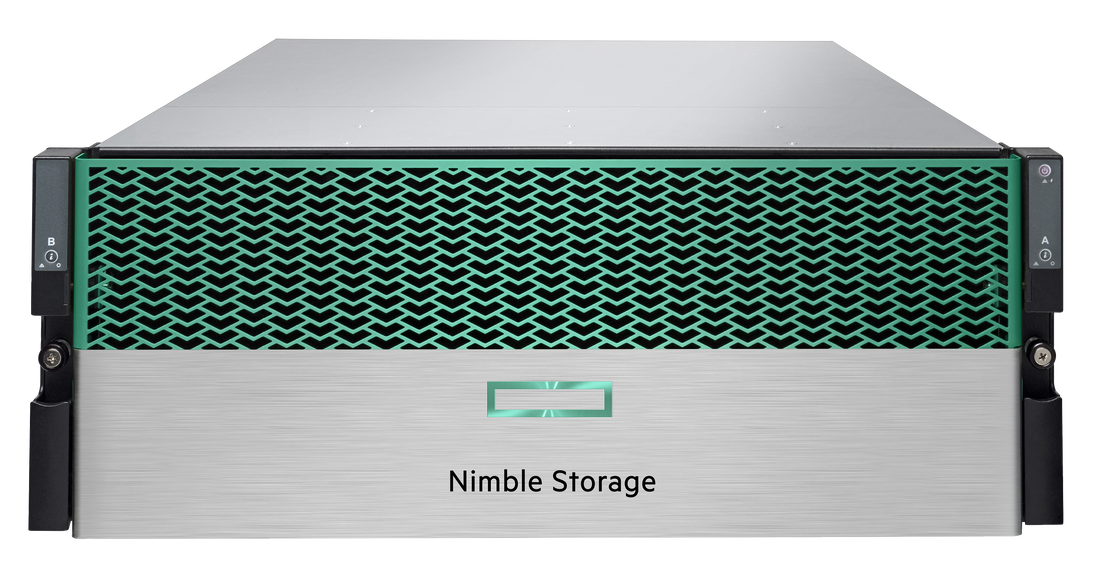

Volumes in storage pools are arranged in Collections, these collections are then replicated from the upstream (master) storage pool to the downstream (slave) storage pool on the target node, it's one way only. weird when you're used to Datacore Mirroring.
NIMBLE SAN VISIO UPDATE
VMware nodes absolutely require the manual installation of their multipath software (can't push it via Update Manager) and TWO reboots to make sure everything works. The initial setup is dead easy, done in less than an hour. No issues with support so far, the only couple tickets we had to open were cleared in under an hour. We just replaced our Datacore SAN with a pair of Nimble AF40 (Full Flash, 50TB capacity per node) in synchronous replication mode. Tintri does have an uncertain features given the company was saved from bankruptcy by a VC a few years back so not sure what the future holds but it does work well.
NIMBLE SAN VISIO UPGRADE
I really like the Pure because you never need to migrate data with it when you upgrade to a new Pure array but its probably going to cost more than Nimble or Tintri. Nimble, Tintri, and Pure - I have used or heard good things about if you like traditional storage boxes. Its worth doing the math out for whatever you are looking at with SAN tech at 50TB and figuring out total cost of ownership for the 3-5 years you will run the tech for on HCI as well. Have you looked at Hyper-converged? IMO it's worth pricing out say Cisco Hyperflex since they are eager to gain business and a solid company with great support, and have a pretty solid HCI product with very good UI/management at this point that includes all the enterprise storage features that you will probably want in a pretty simple per server subscription based license.

Lastly: Account team - find an account team and var that you like to work with and feel you can trust. Some arrays have a sweet spot at 32KB block size while others are larger or smaller, this is where identifying the workload detail from the first section and have that workload modeled on a recommended solution will come in handy. The "differences" will be in how each OS is structured / created which will affect what workloads / blocksizes they handle the best. Performance: I'm going to say this, when comparing all flash arrays in the mid-tier market, they are all going to be more or less similar in performance. Protection: What type of fault tolerance does each array have or can have, how fast are their rebuilds? Do they use spares or distributed sparing (there isn't a wrong answer here, just know what you are looking for).Īre the controllers active/active or active / passive? (front end and back end, not all controllers work the same). Snap Shots (but what kind, do they need to be writeable? Can you use a snap to refresh a test/dev database?) One word here, FC backend went the way of the dodo bird about 10 years ago it's all SAS or NVME today.
Next Feature set: Figure out what features you need, vs desire. Don't work with guessers, they haven't earned your business. The detail they should have for each of these, at a min, is as follows:įailure to have this data, means whoever you are speaking to is just guessing. At a min each vendor you work with should investigate, find and size for:
NIMBLE SAN VISIO HOW TO
They all have their pros and cons, and you are bound to like one of them for "reasons" you can't explain, so instead of telling you why one vs the (besides the fact that would be totally biased) let me give a few suggestions on how to choose one:įirst: Make sure your vendors are sizing / solving for your workload. Between Dell, Pure, Nimble and even netapp it really is a buyers market. You are actually at a really good time to be looking at storage as their really are great options on the market. \disclaimer - Dell peon: Obv Bias is Obv*


 0 kommentar(er)
0 kommentar(er)
